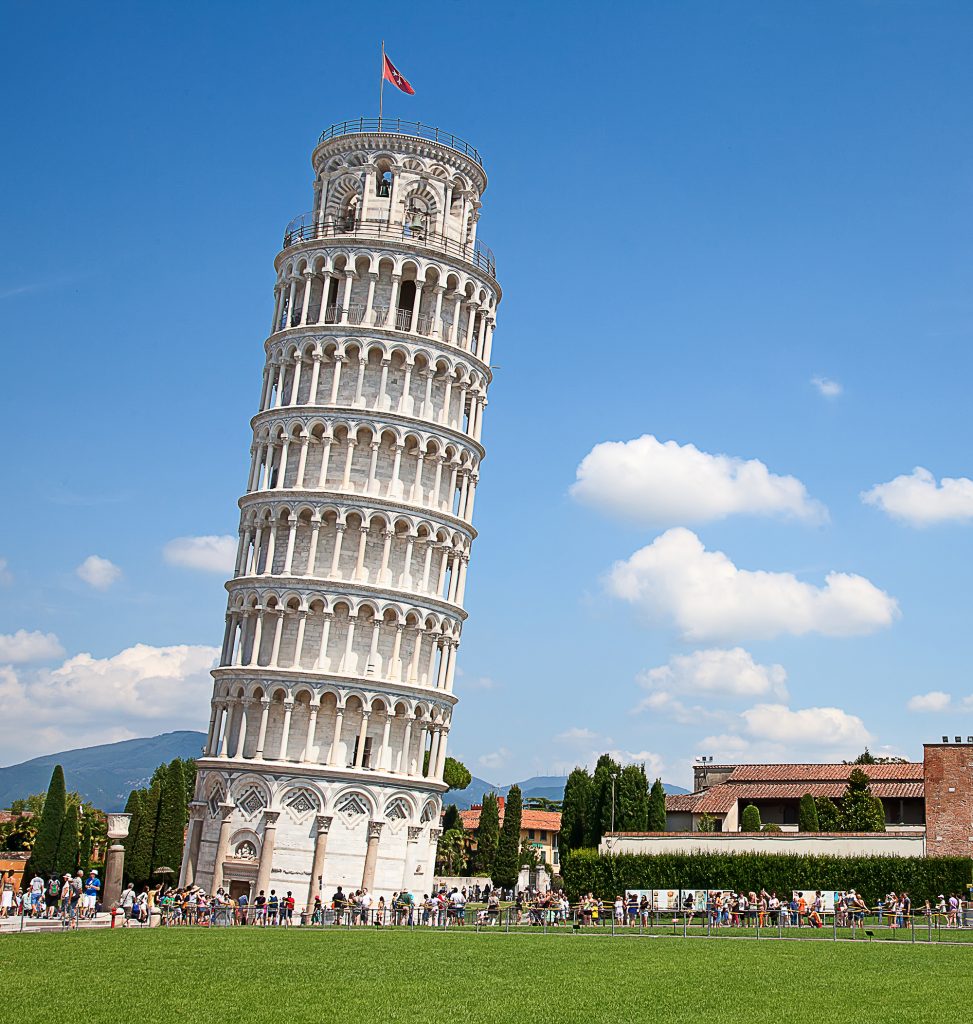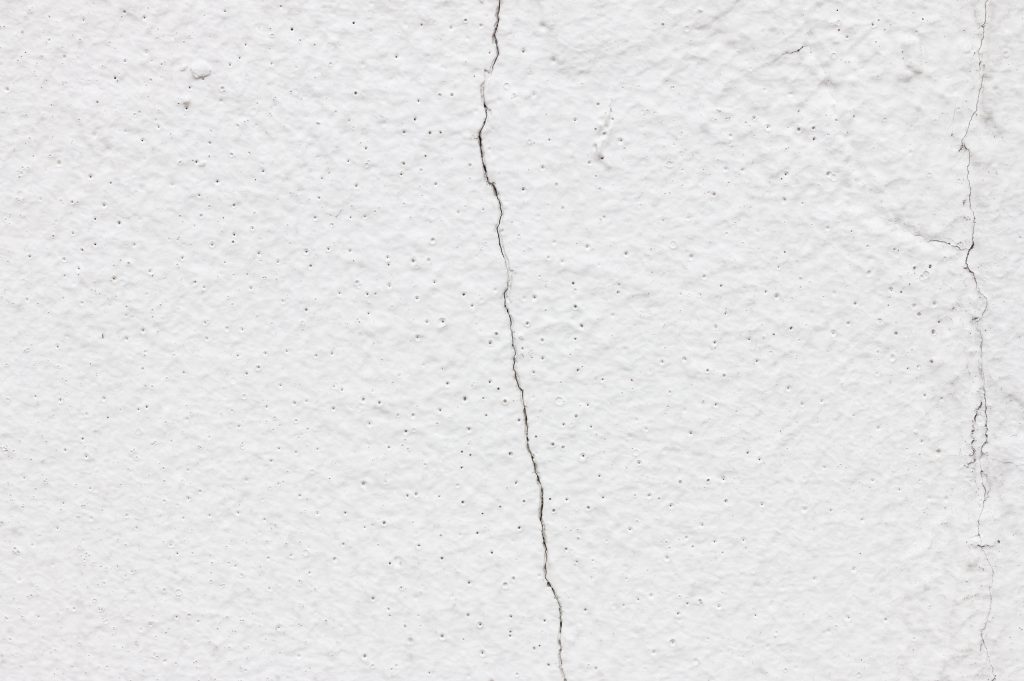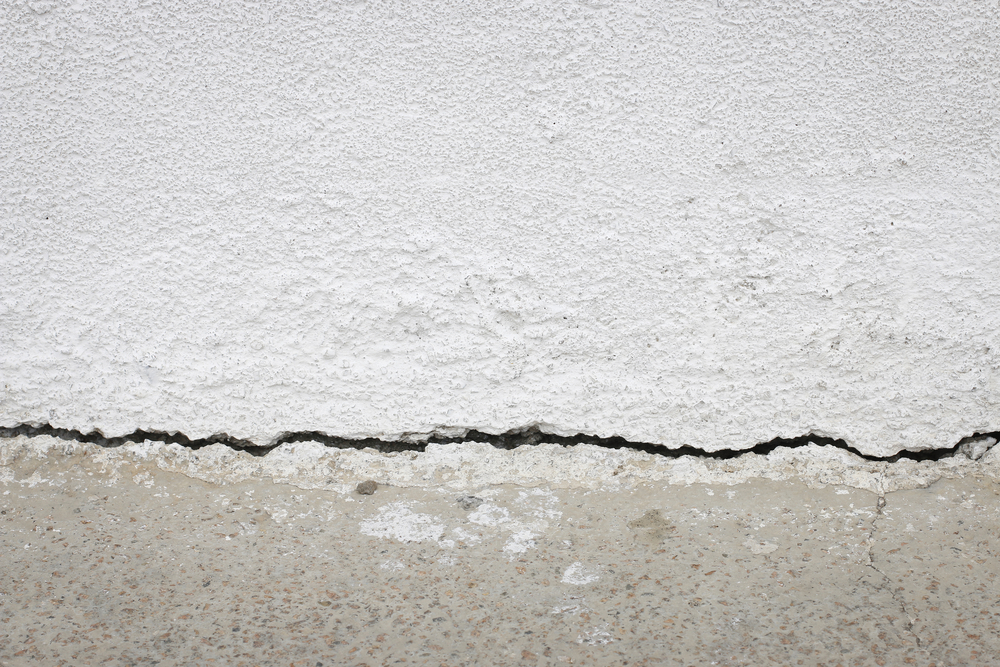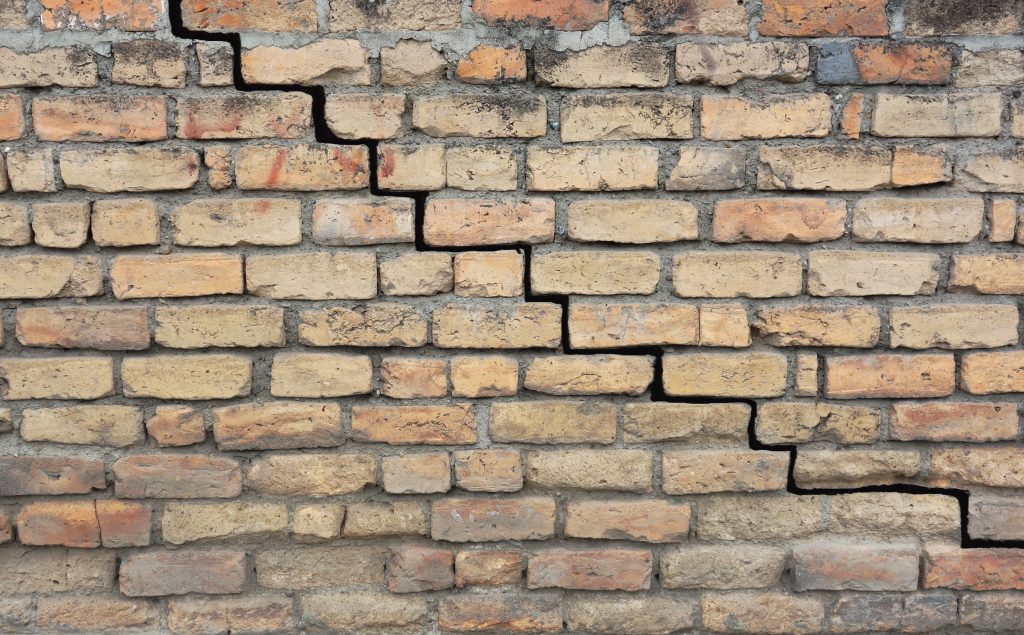Discovering a foundation crack can be a nerve wracking experience,  especially here in the Dallas Fort Worth area, where serious foundation problems cause headaches for thousands of homeowners and businesses. But before you panic, you should know that not all foundation cracks are sign of impending structural failure or even expensive repairs. Sometimes, cracks in your foundation are harmless or just require minor repairs and drainage upgrades.
especially here in the Dallas Fort Worth area, where serious foundation problems cause headaches for thousands of homeowners and businesses. But before you panic, you should know that not all foundation cracks are sign of impending structural failure or even expensive repairs. Sometimes, cracks in your foundation are harmless or just require minor repairs and drainage upgrades.
That is not to say that you should not worry at all about a crack in foundation slab or other signs of foundation movement. But we want you to be educated on what is going on when you discover a foundation crack. Some are worth worrying about, others are completely normal foundation cracks pose little threat to the integrity of your foundation and home.
So let’s take a look at what causes foundation cracks and what you should keep an eye out for.
Basics of Foundation Design
The foundation of your home or business is the structural base of the building. Most modern slab foundations are reinforced with post-tension cables or steel rebar. Thick sections of concrete run along the perimeter of the home, known as grade beams. These concrete grade beams are typically found every 10 to 15 feet under the interior floor of the home, providing the main structural support to the foundation.
What Causes Foundation Problems?

Foundation problems are commonly caused by foundation settlement issues. When a foundation is laid and a house or other structure built atop it, inevitably the weight of this structure bears down on the soil underneath. Over time the structure tends to sink into the soil. This is called foundation settlement.
There are two main types of foundation settlement: uniform and differential. In uniform foundation settlement, the entire structure sinks into the ground at an even rate across its length and width dimensions. Since the settlement is uniform and stable, this type of settlement does not usually result in foundation cracking or other structural issues.
The problems start with differential settlement.
In differential settlement, the structure sinks into the soil at different rates across its length and width dimensions. The stress caused by differential settlement can cause the foundation and other cosmetic finishes to crack or fail. Differential settlement can be caused by a number of things but the primary two are different soil types settling at different rates and different moisture profiles in the soil which affect its expansion and contraction rates.
A good example of a structure that suffers from differential settlement is the iconic leaning Tower of Pisa, the cause of which has been determined to be a fluctuating water table.
The Tower of Pisa gives us a great visual representation of what can happen when a structure undergoes differential settlement. If differential settlement occurs in your home’s foundation, this can create foundation cracks and damage and leads to the typical signs of foundation movement or in a worst case scenarios a large structural failure.
Types of Foundation Cracks
The visual profile of a crack can help to determine if a problem like differential settlement is causing it. Let’s take a look at some of the types of foundation cracks that you might see and determine if they are normal foundation cracks.

Vertical Foundation Cracks
Let’s start with normal foundation cracks. If you have discovered vertical cracks in your foundation, you probably don’t need to worry. Vertical cracks are common and usually show up to some degree in every foundation.
You might now be looking studiously at that crack in your foundation wall wondering if it qualifies as “vertical.” Well, we won’t keep you hanging. A foundation crack within 30 degrees of vertical is likely not a structural problem, unless there are other signs of foundation movement (in the immediate area.
That is not to say, however, that you should completely ignore a vertical foundation crack. In fact, a crack of this type can indicate issues that if left unattended can cause a larger foundation issue later.
Vertical foundation cracks are most often caused by normal concrete tension. Sometimes they are caused by minor seasonal movement of the foundation or moisture changes in the soil. With this in mind, take a look at your drainage situation. Does water tend to pool around your house during heavy rains? Are your gutters clogged and overflowing? And if they are not, do your gutter downspouts extend far enough from your home to prevent water buildup? Is the ground around your house sloping towards your home or away from it?
Depending on how you answer these questions, you may need to update your home’s drainage system and landscaping to prevent further foundation issues.
Diagonal Foundation Cracks
Now we are entering the danger zone. Diagonal cracks are an indicator of possible differential settlement and need to be treated with a greater degree of concern. If a diagonal foundation crack is not fixed and the cause not determined, it can lead to greater structural failure down the road. Any crack at an angle of 30 to 75 degrees (or close to that) needs to be checked out by a certified professional during a foundation inspection. The inspector can determine how serious the damage is and what the best options for repair and remediation will be.

Horizontal Cracks
A horizontal crack is never a good sign. They most often occur in basement foundation walls and indicate that the wall has lost its battle against the pressure of the soil and is buckling. Other causes include damage from poor drainage conditions, excessive heave (soil pushing up on the foundation), excessive settlement or a foundation lacking sufficient shear strength. Even if the horizontal cracks are small and barely noticeable, it is important you keep an eye on them and call a professional foundation inspector to come out and asses the conditions.
Stair Step Cracking

Stair step cracks are essentially the diagonal cracks mentioned above in an exterior brick wall. While not technically foundation cracks, stair step cracking, like diagonal cracks, are indicative of differential settlement issues. It is important that the exact cause of stair step cracks are determined and that the problem is fixed to avoid more damage.
Hire a Foundation Inspector to be sure
We hoped this helped you figure out if your foundation crack is a problem or not. But if your foundation cracks are worrying you, or if you are not quite sure if what you are looking at and whether it is a problem, your best bet is to contact a professional to conduct a detailed foundation inspection. Lange Engineering provides professional, unbiased foundation inspections in Dallas Fort Worth, Plano, Arlington, Garland and Irving. Give us a call or schedule an inspection online. We would be pleased to help you get the answers you need to ensure that safety and value of your home or business.

Recent Comments